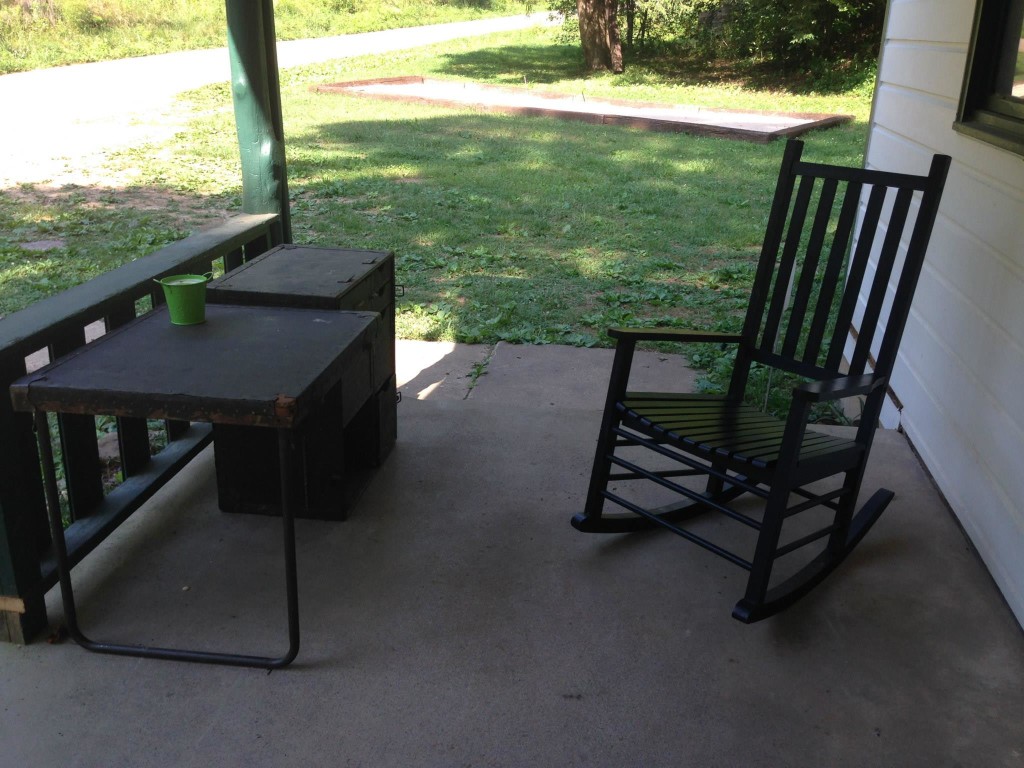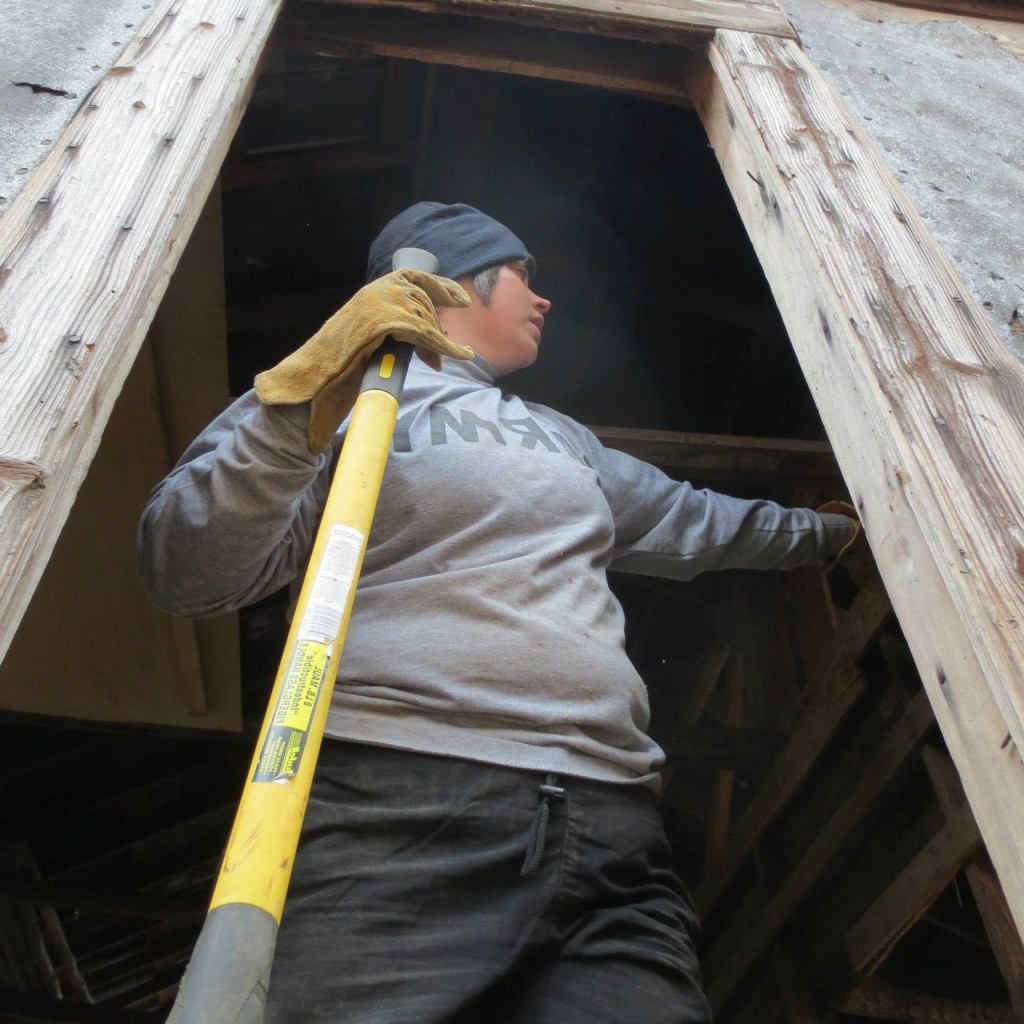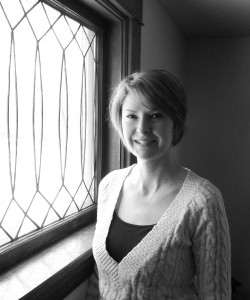
One of my first poetry publications was in the February 2006 issue of Stirring. I was, of course, ecstatic, but I had no idea where that poem would lead me. Never in a million years could I have imagined that, nine years later, I would find myself in the middle of an icy pasture, frantically Googling “what does sheep placenta look like”—all because of this one poem.
I should probably explain.
Stirring is the flagship journal of Sundress Publications, and since then, I’ve been involved with them in one capacity or another. At first, it was little stuff, like reading for Best of the Net. Some time later, Sundress published my second full-length collection to kick of their new print series. Then, I was invited to join their editorial board.
In February 2013, I got a phone call from our founder, Erin Elizabeth Smith, that changed my life.
“I bought a farm,” she said. “I’m starting a residency, and I want you to come here and help me build it.”
What do you say to an offer like that?
If you’re me, the answer is “no.”
When it comes to Sundress, though, Erin is not very good at taking no for an answer. By the end of the year, she’d convinced me to quit my adjunct job, move to Knoxville, Tennessee, and serve as one of the first long-term residents at the newly formed Sundress Academy for the Arts at Firefly Farms. And when I stepped onto those forty-five acres, there was one question on my mind.
Now what?
The vast majority of residency advice out there pertains to the application process. People will tell you to know the reasons why you’ve chosen a particular residency (as opposed to various other options out there), to have a clear vision for the project you wish to work on, to express your reasons and vision in your narrative statement, and to workshop your application to make sure it’s strong and cohesive.
But what about once you get that acceptance and arrive at your residency? There isn’t much out there addressing that question. When I asked other writers what I should do, most of them talked about time management. “Use your time wisely,” they said. “You’re there to write, so spend every free minute drafting and revising.” A few suggested that I network in my spare moments, connect with as many editors, writers, artists, and community organizers as possible.
That’s good advice. So is all that stuff about the application process. Still, a good deal of it didn’t apply—no pun intended—to me. I wasn’t there to retreat from my day-to-day responsibilities, focus on my craft, or meet new people; I was helping my colleagues transform a slice of Tennessee “holler” into an artist’s residency. And I still had no real answers.

Eventually, I got them.
Some were easy. Animals had to be fed and watered, common areas cleaned, eggs gathered, plants tended, bills paid. When Sundress staff and community members convened on the farm to work on a project, I’d be handed a crowbar or drill. Pointed to a pile of wood or scrap metal that needed hauling. Shown how to build and repair, salvage and forage.
Others required research. Remember that frantic Googling? Well, I’d never taken raised livestock before, so when I watched our sheep have their lambs in February 2015—what is it about February, anyway? —I was distraught. What should I do? Oh no, what is that? Is it a prolapsed uterus or just afterbirth? Do I need to call a vet? Wash the lambs? Wash the sheep? Put on gloves and do something unmentionable?*
A few were the result of trial and error. I’d also never built bookcases, poured custom concrete countertops, catered a film shoot, run a reading series, or any of the other myriad things I did while at Firefly. During my sixteen-month tenure, I probably failed as often as I succeeded, but experience became my favorite teacher.
There isn’t a one-size-fits-all answer to what one should do during a residency, and there are no MFA workshops or BuzzFeed articles that reveal the secrets of being productive while “in residence.” The fact is, a residency is just lots and lots of time. So much time, the sheer amount of it can be overwhelming.
Some residents deal with this by sticking to or creating routines.
Some fill the hours with reading and researching.
Some socialize with everyone they meet.
Some leave their desks and do something—anything—other than whatever project they came to work on.
I’ve even heard of residents sleeping, chasing ducks, or binge-watching Netflix until their eyes throbbed. (Okay, maybe that was all me.)
Your answer to the now what? question might be any or none of these, but no matter what, it has to be your answer. No one can tell you what to do or how to do it—not even me. I may have (literally) written the book on “holler life” at Firefly Farms, but it’s always up for revision. You may come up with something more amazing than I ever did.
* In case you’re wondering, the answers are nothing, placenta, just afterbirth, no, no, no, and no, but it’s February in Tennessee, so you should probably wear gloves anyway. The sheep had it all under control, even if I didn’t.
